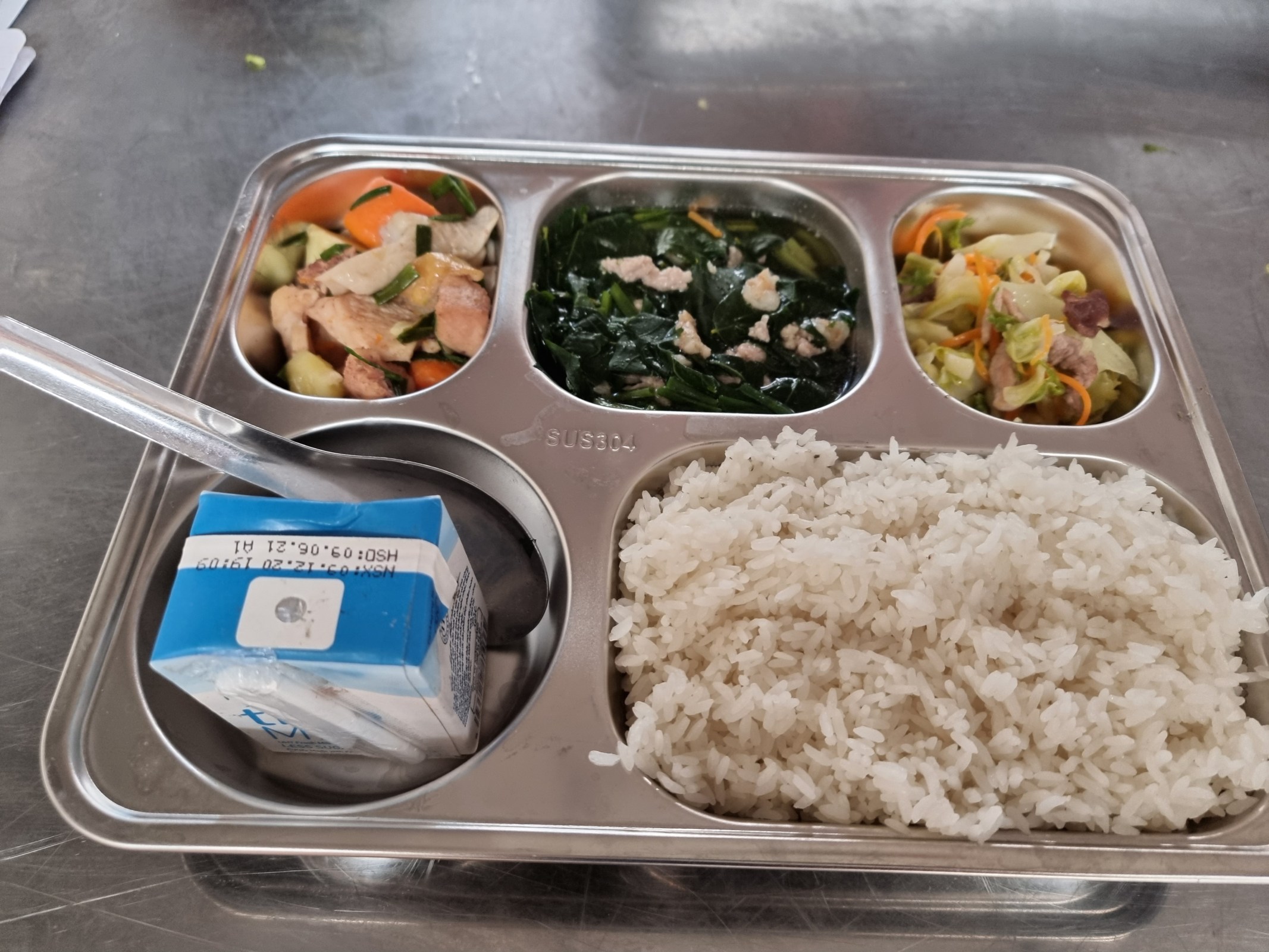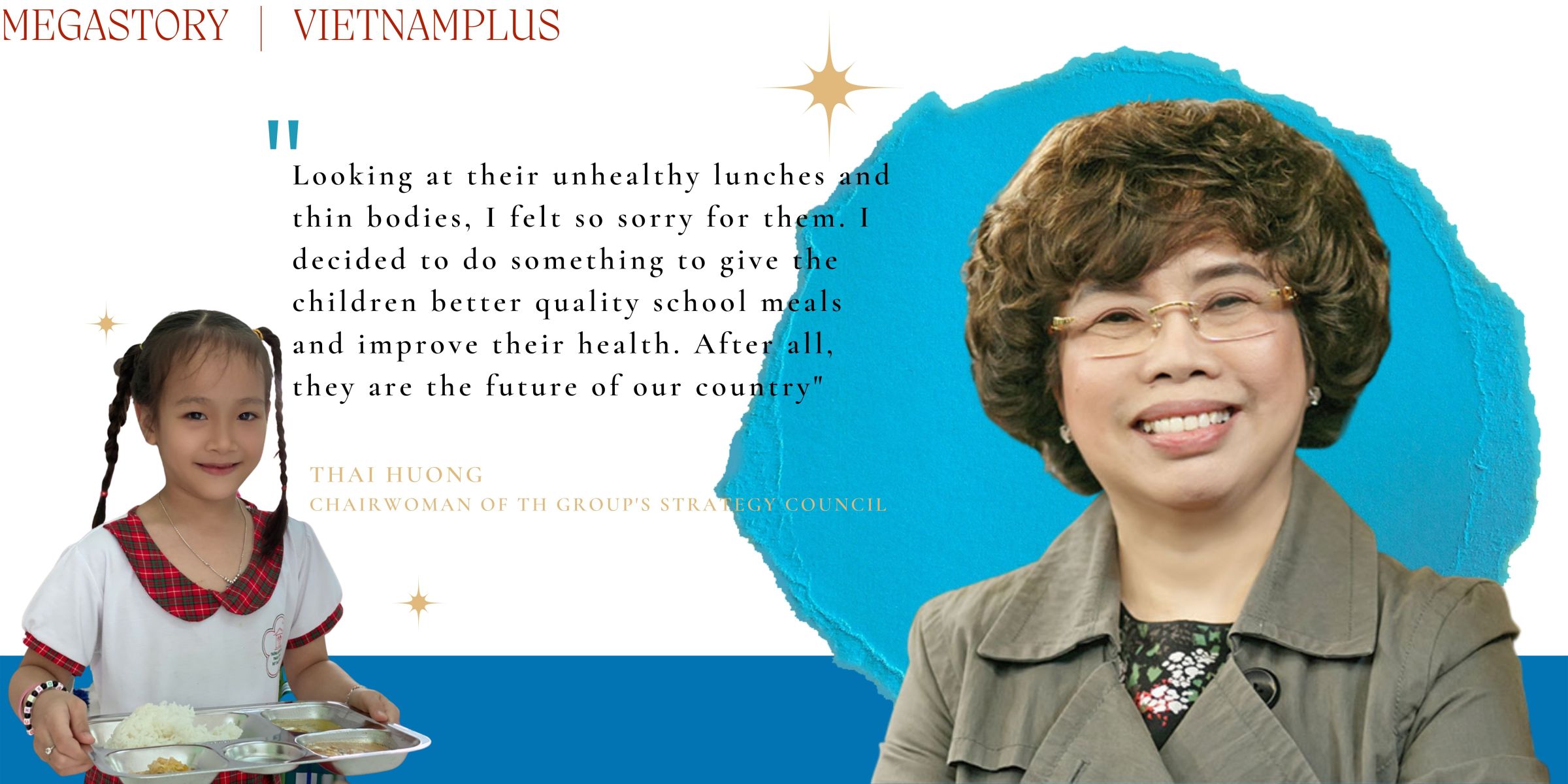
Mountainous schoolboy Luong Van Vu quietly looks at his cold packed lunch containing only a few vegetables and dried fish, and then glances at the next table where a tray of hot rice and soup sends out the smell of freshly-cooked food.
Vu craves the feeling of carrying a stainless steel tray filled with freshly cooked hot food.
That is what day-boarders at To Mua Primary School, located in a disadvantageous area in Van Ho district in the northern mountainous province of Son La, are being served since the school piloted the “Nutrition-ensured school meals in combination with increased physical activities for Vietnamese children, pupils and students in 2020” model.

Ha Thi Tham, Vu’s teacher, said his parents work as simple labourers so they cannot afford proper meals for him. Every day, Vu brings food from home to school but it is very little.
“After being encouraged by his teachers, Vu’s parents then decided to let Vu eat at school with his friends. Vu likes it very much,” Tham shared.
According to school principal Ngo Tien Thu, nutritious meals have helped reduce the rate of malnutrition among the students at the school by 2 percent, and underweight children by nearly 3 percent after just one year.
That change is also part of the goal set by the Ministry of Education and Training and TH Group.
About the idea, Huong, chairwoman of TH Group’s Strategy Council, said that when she saw children eating meagre lunches like Vu, she could not hold back.

“Looking at their unhealthy lunches and thin bodies, I felt so sorry for them. I decided to do something to give the children better quality school meals and improve their health. After all, they are the future of our country,” said Huong.
She then learned that the Ministry of Education and Training was implementing the Prime Minister’s Decision No. 41/QD-TTg dated January 8, 2019, approving a project to ensure reasonable nutrition and increase physical activities for children, pupils and students to improve their health and prevent cancer, cardiovascular disease, diabetes, chronic obstructive pulmonary disease and asthma in the 2018-2025 period.
The project aims to “improve understanding of proper nutrition and appropriate physical activities among the educational administrators, teachers, school staff, children, students, and parents for the prevention of non-communicable diseases; and implement the missions to benefit children, pupils and students”.

With the advice of nutritionists, Thai Huong decided to cooperate with the Ministry of Education and Training to implement the project with the first key activity being the “Nutrition-ensured school meals in combination with increased physical activities for Vietnamese children, pupils and students in 2020” model./.
Story 1: Dual challenges on child nutrition: underweight and obesity
Story 2: A new wind blowing
Story 3: School meal model expansion creates foundation for making national policies